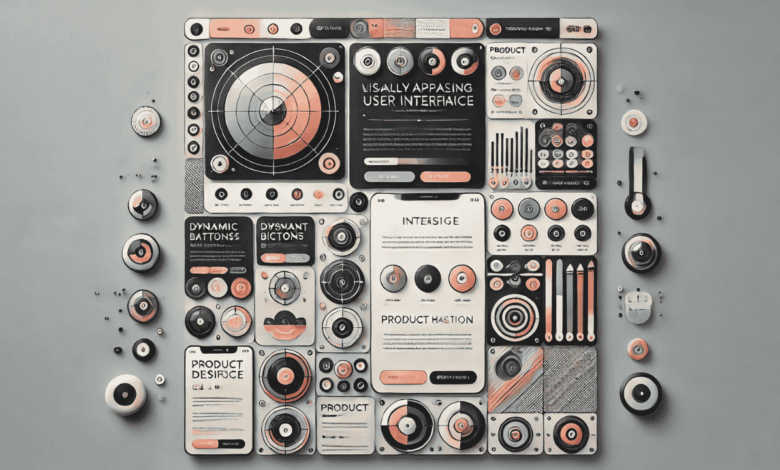Why Patterns Matter in User Interface Design?

Have you ever noticed how some websites or apps feel easy to use while others leave you searching for the next step? The difference often lies in the thoughtful use of design patterns. Patterns in user interfaces (UI) create consistency, guiding users intuitively through a platform. Tools like a pattern generator make crafting visually engaging and functional designs simple. These tools empower designers to explore and experiment, resulting in layouts that are not only appealing but also user-friendly. Let’s explore how patterns shape user experience and why they’re essential for modern UI design.
Establishing Visual Consistency
Consistency is key to any successful interface. Design patterns create a visual language that users can quickly recognize and understand. Repeated use of similar elements, like buttons or icons, helps users navigate effortlessly, even if they’re new to the platform. A pattern generator by Adobe can streamline the process of creating these repetitive elements, ensuring your design maintains a cohesive look and feel throughout. This approach reduces confusion and builds trust with your audience, making their journey smoother and more predictable.
Enhancing User Engagement
Patterns aren’t just about functionality—they also capture attention and engage users. Dynamic visual patterns in backgrounds or interactive elements can make a design feel modern and inviting. Thoughtful use of patterns draws the user’s eye to important features, such as call-to-action buttons or product highlights. Designers can experiment with unique patterns to evoke specific emotions or align the design with the brand’s personality, keeping users engaged and connected. This engagement often translates to higher interaction rates and positive feedback.
Improving Usability Through Intuitive Design
Patterns are vital for improving usability, as they simplify complex interfaces by grouping related elements. For instance, repeating menu layouts or form designs ensures users can predict how to interact with them, reducing their learning curve. Clear, repetitive patterns help users easily complete tasks, leading to a positive overall experience. Using tools to generate consistent patterns, designers can focus on refining other interface aspects, like responsiveness and accessibility. This combination of simplicity and precision results in designs that users find intuitive and efficient.
Creating Depth and Hierarchy
Patterns add depth and structure to UI designs by establishing a visual hierarchy. By varying patterns’ scale, contrast, or texture, designers can emphasize certain areas of the interface while downplaying others. This approach directs users’ focus to what’s most important, such as key actions or primary content. Layering subtle patterns in the background can also add sophistication without overwhelming the design, giving interfaces a polished and professional look. These strategic design choices ensure that every element serves a purpose while maintaining aesthetic appeal.
Adapting Patterns for Different Platforms
Responsive design demands adaptability, and patterns are critical in ensuring a seamless device experience. Patterns must work well on small and large screens, requiring designers to be mindful of scalability and resolution. Tools that assist in pattern creation allow designers to test and adjust patterns to fit various screen sizes, ensuring the design remains visually consistent and functional no matter where it’s viewed. This flexibility is essential for meeting the diverse needs of today’s users, who interact with digital platforms across multiple devices.
Patterns are the building blocks of effective user interface design, shaping aesthetics and functionality. They provide a framework that guides users, enhances engagement, and ensures usability. With a design generator, designers can simplify creating these elements, saving time while delivering exceptional results. By understanding and embracing the role of patterns, you can craft UIs that are as intuitive as they are visually stunning, leaving a lasting impact on your users.




